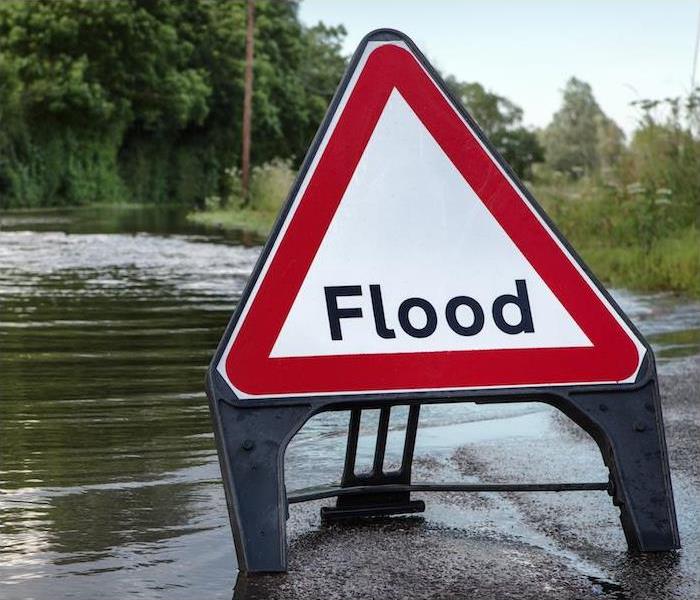Various Flood Types and the Elements That Cause Them | SERVPRO® of Clatsop, Columbia Counties
4/7/2022 (Permalink)
 Regardless of the cause of the flooding, SERVPRO of Clatsop, Columbia Counties has the team to help you recover from any disastrous event.
Regardless of the cause of the flooding, SERVPRO of Clatsop, Columbia Counties has the team to help you recover from any disastrous event.
Flooding is the most common natural disaster, and it claims more lives in the United States per year than hurricanes, tornadoes or lightning. It can affect everything from individual homes whose property collects excess water to wide swaths of communities and cities.
According to the Oregon Department of Geology and Mineral Industries, the average annual repair costs for landslides in Oregon exceed $10 million.
Flooding affects all 50 states and every U.S territory, but there are similarities in types and causality among all them. There are three common types of flooding, and they happen for four typical reasons.
3 Types of Natural Flooding
Flash floods are common, and they happen when heavy rain passes or sits over an area and overwhelms the ability of the ground to contain the moisture. Excess water runs off and takes garbage cans, cars and more with it.
River floods are exactly what they sound like. When there’s too much water for a river’s banks to hold, the water spills over the sides and causes destruction.
Coastal floods happen in areas next to large bodies of water, when storm surges or cyclonic activity causes ocean or gulf levels to rise to flood levels.
The 4 Most Common Causes of Natural Flooding
Heavy rainfall. Storms with excessive rainfall, or storms that sit and rest over an area for an extended period can cause flash floods or river flooding. Urban areas are more at risk for rain floods, because the higher percentage of concrete and asphalt means there’s a lack of soil to soak up all that water.
Severe flooding happened as recently as January in Columbia County when heavy storms lead to landslides and caving roads. The damage made it difficult for local residents to travel even after the rain and flooding were long gone. One Portland man died after he was struck by a falling boulder on the Washington side of the Columbia River Gorge.
Oceanic activity. Storm surges, hurricanes and rising tides can cause water levels to rise in waves, which can invade coastal communities and wreak havoc.
Dams and levees failing. The most notable example of this in recent history would be the disastrous levee breaks during 2005’s Hurricane Katrina. Levees and dams fail when cracks occur or excess pressure overtakes the dam’s ability to contain the surge of water behind it.
Snowmelts and ice dams. In areas of the country where heavy snow and prolonged freezing temperatures are common, snow and ice can build up over a winter’s time, and when they start to melt, they cause rivers of water to flow through area communities. Ice dams or ice jams happen when rivers become blocked by built-up ice being carried downstream, causing the banks to overflow.
Regardless of the cause of the flooding, SERVPRO has the tools and teams to help your home or business recover from its disastrous effects. Contact us anytime when flooding or water damage makes a mess in your life.






 24/7 Emergency Service
24/7 Emergency Service